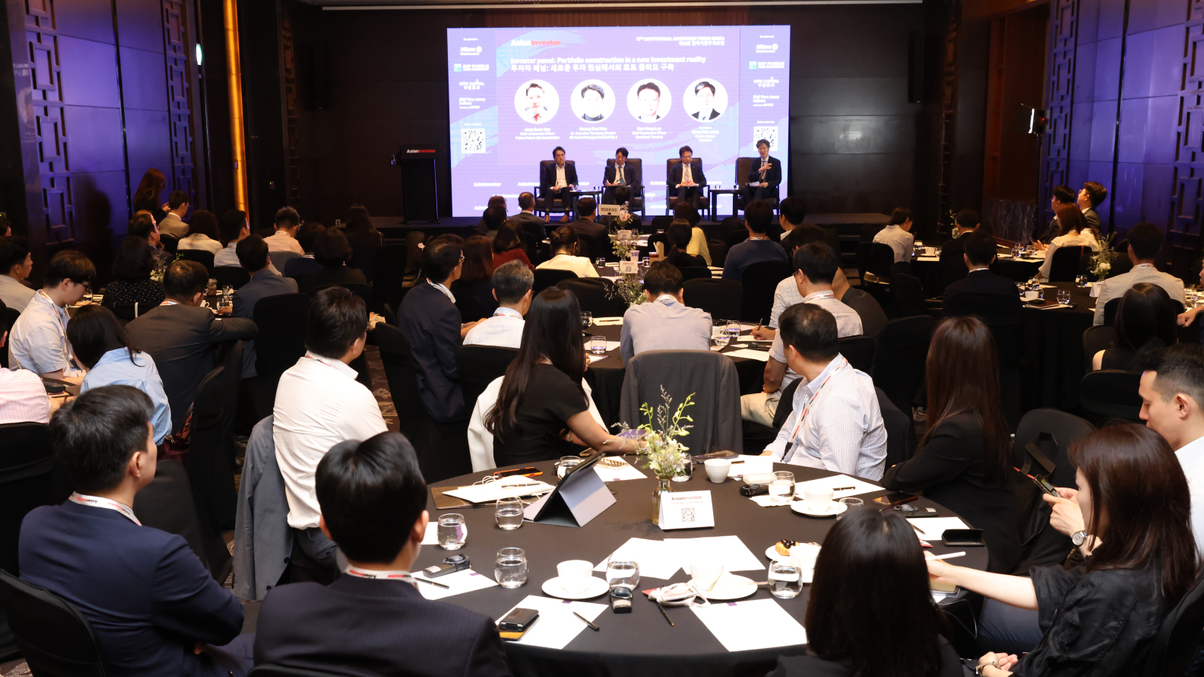Korean Police Mutual Aid shapes leaner portfolio for volatile markets
In a bid to increase liquidity amid a higher-interest-rate environment, the fund is decreasing its large share of alternatives and using a different approach to tackle the unpredictable, high-interest rate markets, its CIO told AsianInvestor.

The Korean Police Mutual Aid Association (PMAA) is shifting its focus away from alternative investments and towards public assets, in the hopes of increasing portfolio liquidity and adapting to higher interest rates.
Sign in to read on!
Registered users get 2 free articles in 30 days.
Subscribers have full unlimited access to AsianInvestor
Not signed up? New users get 2 free articles per month, plus a 7-day unlimited free trial.
¬ Haymarket Media Limited. All rights reserved.


